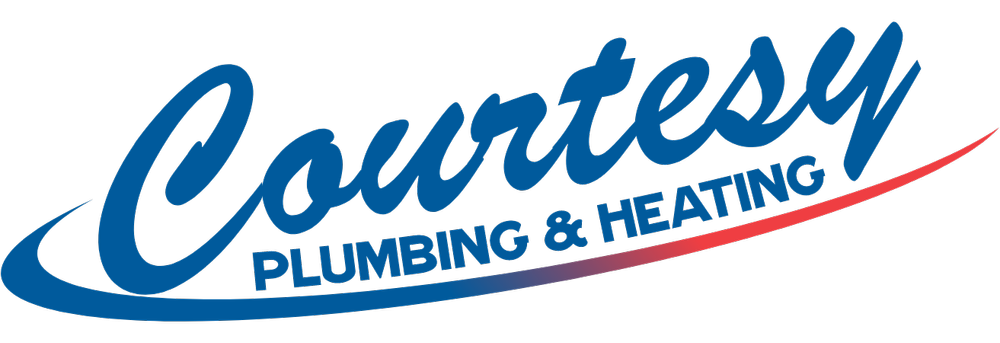How to Choose the Right Furnace for Your Home
When it comes to keeping your home warm and comfortable during the colder months, choosing the right furnace is crucial. A well-chosen furnace not only ensures reliable heating but also helps in maintaining energy efficiency and reducing utility bills. However, with so many options available on the market, selecting the perfect furnace for your home can feel overwhelming. This guide will walk you through the key factors to consider when choosing a furnace, helping you make an informed decision that suits your specific needs.
1. Understand the Types of Furnaces
The first step in choosing the right furnace is understanding the different types available. Here are the most common types of furnaces:
Gas Furnaces: These are the most popular in North America due to their efficiency and cost-effectiveness. They run on natural gas and are known for providing quick and consistent heat.
Electric Furnaces: While generally more expensive to operate than gas furnaces, electric furnaces are a good option in areas where natural gas isn’t available. They are also smaller, quieter, and easier to install.
Oil Furnaces: These are less common but still used in some areas, especially in older homes. Oil furnaces are powerful but require regular maintenance and can be more expensive to run than gas furnaces.
Propane Furnaces: Similar to gas furnaces, but use propane as the fuel source. They’re typically used in rural areas where natural gas lines are not available.
2. Consider the Furnace Size
Size matters when it comes to furnaces. A furnace that’s too small won’t be able to adequately heat your home, while a furnace that’s too large will cycle on and off too frequently, leading to energy waste and increased wear and tear. The size of the furnace you need depends on several factors, including the size of your home, the climate you live in, and your home’s insulation.
To determine the right size, you can use a Manual J load calculation, which takes into account the square footage of your home, the number of windows, insulation levels, and more. It’s always best to consult with a professional HVAC technician who can perform this calculation and recommend the appropriate furnace size.
3. Look at Energy Efficiency Ratings
Energy efficiency is a critical factor when choosing a furnace, as it impacts both your energy bills and your home’s environmental footprint. Furnaces are rated by their Annual Fuel Utilization Efficiency (AFUE), which measures how efficiently the furnace converts fuel into heat.
Standard Efficiency: These furnaces have an AFUE rating of 80% to 89%. This means 80-89% of the fuel is converted to heat, with the rest lost as exhaust.
High Efficiency: These furnaces have an AFUE rating of 90% or higher, making them more energy-efficient and environmentally friendly. Although they come with a higher upfront cost, they can save you money in the long run through lower energy bills.
4. Evaluate the Furnace's Features
Modern furnaces come with a variety of features designed to enhance performance, comfort, and convenience. Some of the features you might want to consider include:
Variable Speed Blowers: These blowers adjust the furnace’s fan speed to better control the flow of warm air, leading to more consistent temperatures and improved energy efficiency.
Two-Stage Heating: A furnace with two-stage heating can operate at two different levels: high for very cold days and low for milder days. This helps in maintaining even temperatures and reducing energy consumption.
Smart Thermostats: Many newer furnaces can be paired with smart thermostats, allowing you to control your heating system remotely and optimize its performance for maximum efficiency.
5. Factor in Installation and Maintenance Costs
The cost of the furnace itself is only part of the total expense. Installation costs can vary widely depending on the complexity of the job, the type of furnace, and the specific requirements of your home. Additionally, consider the long-term maintenance costs associated with the furnace. Some furnaces require more frequent servicing, which can add to your overall expense over time.
To ensure you’re getting the best value, always get multiple quotes from licensed and reputable HVAC contractors. They can provide a detailed estimate that includes both installation and future maintenance costs.
6. Consider Your Local Climate
The climate where you live plays a significant role in determining the best furnace for your home. In colder climates, you may need a more powerful furnace with a higher AFUE rating to keep your home warm during harsh winters. In milder climates, a less powerful, standard-efficiency furnace may suffice.
7. Check for Rebates and Incentives
Many energy-efficient furnaces qualify for rebates and incentives offered by utility companies or government programs. These incentives can significantly reduce the upfront cost of purchasing and installing a high-efficiency furnace. Be sure to research available rebates in your area and factor them into your decision.
8. Choose a Reputable Brand
Finally, consider the brand of the furnace. Reputable brands are more likely to offer reliable products backed by good warranties and customer support. Research customer reviews and ask your HVAC contractor for recommendations on the best brands for your needs.
Choosing the right furnace for your home is a significant decision that impacts your comfort, energy bills, and overall quality of life. By considering factors such as furnace type, size, efficiency, features, installation costs, climate, and brand reputation, you can make an informed choice that meets your specific needs. If you’re unsure where to start, don’t hesitate to reach out to Courtesy Plumbing & Heating. Our team of experienced professionals is here to help you find the perfect furnace for your home, ensuring you stay warm and comfortable all winter long.

